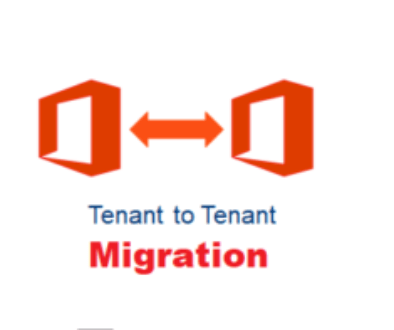
The SharePoint 2019 hybrid environment architecture from Lambert Consulting architecture provides flexibility and the ability to store sensitive and highly confidential content on-premises in your own data center while storing collaborative or non-sensitive data in a public cloud such asOffice 365, SharePoint Online, Microsoft Azure or AWS.
The problems that continued to make headlines with the leak of classified data from NSA IT administrator Edward Snowden have undoubtedly damaged the reputation of the cloud public. The NSA's PRISM data-mining program has also raised concerns about organizations asking, "How safe is cloud ?"
- The cloud hybrid architecture of Lambert Consulting architecture will give your organization options for where specific types of data are stored while providing you with secure identity management options for seamless access.
- Hybrid SharePoint 2019 / Office 365 deployments also provide organizations with robust options for Business Intelligence (BI) initiatives, as the private side of the hybrid cloud will most likely already exist on the corporate network in your forest Active Directory (AD), which will allow BI initiatives to securely access other business systems within the organization.
- Office 365 's Power BI capabilities also enable data based on cloud to get the robust, analytical reporting required that can be federated seamlessly through Microsoft Azure Active Directory a REST-based service that provides identity management, to your on-premises data to allow you to architect and customize the security model that will work best for your organization.
- Several factors influence an organization's decision regarding which architecture (i.e., private on-premises cloud , public cloud or hybrid cloud ) it will design and implement for its short- and long-term roadmap needs SharePoint, such as:
- Overall size of the organization and user base
- Safety issues
- Legal and compliance issues
- Any project or deployment time constraints
- Governance and any known related and existing issues
- Management and tools
- Development Standards | Application Lifecycle Management (ALM)
- Information Architecture (IA) and Federated Search Requirements
- Complexity of your current environment
- Physical locations (i.e. office locations, data centers, etc.)
- Current identity management infrastructure
- Current IT infrastructure model and desired future IT roadmap
- Network bandwidth problems
- Current known software or hardware problems
- Understand the service level agreement (SLA) of the cloud provider regarding high availability and disaster recovery issues
- Your organization's internal resource issues and related training
- Support for alignment, service reporting, adoption and standards management
- Development alignment, infrastructure alignment, development platform management
Let's go further together!
When challenges are difficult to handle internally, it is best to call in a specialist. An external assessment can be of great help. It will be able to guide you in the realisation of your project and give you recommendations.


